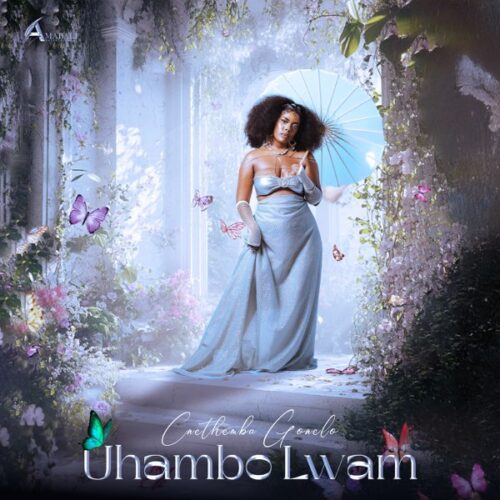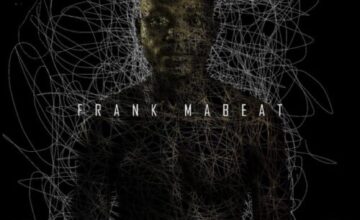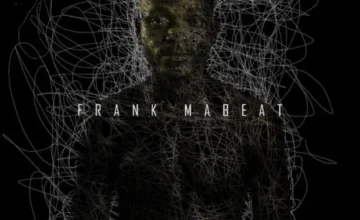
“Mantsundu” is a soulful and spiritually rich collaboration between Cnethemba Gonelo and Frank Mabeat, blending heartfelt storytelling with the deep-rooted rhythms of South African soul and Afro-house. The song’s title, Mantsundu, meaning “black” or “dark-skinned” in isiZulu, carries cultural and emotional significance — celebrating the essence, pride, and beauty of Black identity while acknowledging the struggles and resilience that come with it.
Cnethemba Gonelo recently appeared on Fezeka featuring Frank Mabeat and Just Bheki.
From the first notes, Frank Mabeat’s production sets a lush and organic tone — layered percussion, warm basslines, and earthy chords that feel both traditional and contemporary. The instrumentation moves with a spiritual pulse, echoing the heartbeat of African pride and the dignity of one’s roots. Subtle guitars, fluid keys, and distant chants weave through the rhythm, creating a sonic atmosphere that feels ancestral yet timeless.
Cnethemba Gonelo’s vocals take center stage, carrying both power and grace. Her voice radiates sincerity — rich, grounded, and full of emotional clarity. She sings with reverence, embodying both the pride and the pain of being “Mantsundu.” Her delivery is poetic yet direct, touching on themes of self-love, cultural heritage, and empowerment. Through her words and tone, she honors the legacy of those who came before while inspiring a renewed sense of confidence in those listening.
Lyrically, “Mantsundu” celebrates Black beauty and identity — not as a trend or statement, but as a timeless truth. Cnethemba’s message is one of reflection and resistance: a reminder that Blackness is not a burden but a crown. The song also carries undertones of healing, addressing internalized pain and social injustices through affirming one’s worth and embracing cultural roots.
Frank Mabeat’s production complements the message perfectly, using rhythm and melody to evoke both pride and peace. The groove is steady but meditative — not meant for the dancefloor alone, but for introspection. His use of traditional African percussion layered with modern house elements bridges the gap between past and present, symbolizing unity across generations.





